SIX SIGMA
Six Sigma is more than statistics—it’s a disciplined system for turning data into better decisions and business outcomes. Once reserved for engineers and large manufacturers, Six Sigma has now become a powerful toolkit for any organization that wants to reduce errors, increase reliability, and deliver consistent value.
The Six Sigma Playbooks Pack provides practical, SME-friendly Playbooks that translate advanced concepts into clear, actionable systems. From Voice of Customer (VOC) to CTQ trees, DMAIC project charters, and control plans, to hypothesis testing and simplified design of experiments, these Playbooks help you tackle variation and defects with confidence.
Whether you’re in sales, customer service, office operations, or running a startup, you’ll find Playbooks that guide you step by step: mapping processes, analyzing data, identifying root causes, and sustaining improvements through dashboards and coaching practices.
With this pack, Six Sigma becomes accessible, measurable, and impactful—helping you build a culture where every improvement is grounded in facts, every decision is backed by data, and every result is sustainable.
STRUCTURE OF A PLAYBOOK
Part 1 – Problem Statement
Part 2 – Framework & Core Concepts
Part 3 – Step-by-Step Guide
Part 4 – Templates & Checklists
Part 5 – Exercises
Part 6 – Roadmap
Part 7 – Action Steps Summary
Part 8 – Conclusion + Call to Action
We have:
1. FMEA for Service Business Playbook
2. Voice of Customer to CTQ Tree Playbook
3. DMAIC Project Charter Playbook (SMEs)
4. Root Cause Analysis Playbook
5. Six Sigma Control Plan Playbook
6. SIPOC Mapping Playbook (Non-Manufacturing)
7. Measurement System Analysis Playbook
8. Six Sigma Quick Wins Playbook
9. Defect Reduction Roadmap Playbook (SMEs)
10. OEE for Service & Office Playbook
11. Critical to Quality Dashboard Playbook
12. Process Capability Analysis Playbook
13. Statistical Control Charts Playbook
14. Six Sigma for Sales Optimization Playbook
15. Risk Priority Number Dashboard Playbook
16. Lean Six Sigma Hybrid Playbook
17. Digital Six Sigma Dashboard Playbook
18. Hypothesis Testing Playbook (SME-Friendly)
19. Design of Experiments Playbook (DOE Simplified)
20. Six Sigma for Startups Playbook
21. Advanced RCA Playbook
22. Six Sigma Coaching Playbook for Managers
Contact Us For More Information!
Thank you.
SIX SIGMA PLAYBOOKS BUNDLE
Six Sigma isn’t just about numbers or charts — it’s a discipline for excellence.
Today, every business — from startups to service firms — can harness the power of Six Sigma to reduce errors, improve reliability, and deliver consistent value.
The Six Sigma Playbooks Bundle by OPEX Playbooks transforms complex concepts into simple, actionable systems designed for real businesses.
From Voice of Customer (VOC) to CTQ Trees, DMAIC Project Charters, Root Cause Analysis, Control Plans, and Hypothesis Testing, each Playbook helps you identify, measure, and eliminate variation with confidence.
Whether you lead a team in sales, customer service, operations, or a growing startup, these Playbooks guide you step by step — mapping processes, analyzing data, solving problems, and sustaining long-term improvements.
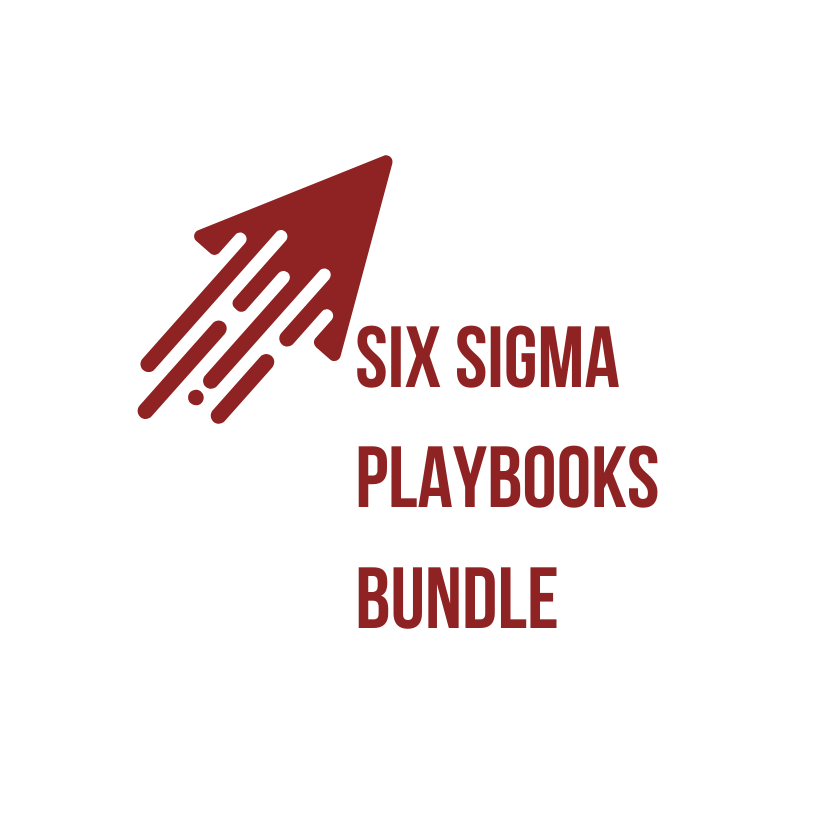
499 USD
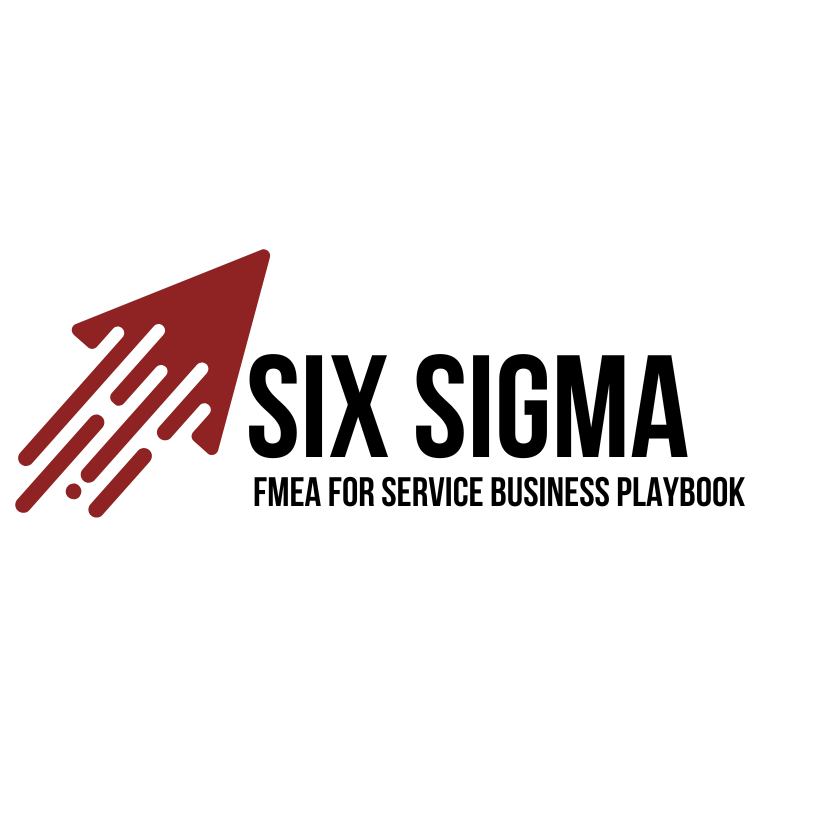
1. FMEA FOR SERVICE BUSINESS PLAYBOOK
29 USD
This playbook provides a service-adapted FMEA (Failure Mode & Effects Analysis) that is practical for non-manufacturing environments. It emphasizes:
Customer Journey Focus — identify failure modes along request → delivery → follow-up, not just within one team.
Standardized Severity, Occurrence, Detection — calibrate ratings for service impacts (SLA breach, CX degradation, compliance).
RPN & Criticality Ranking — prioritize with Risk Priority Number (and criticality modifiers) to direct limited resources.
Controls & Mistake-Proofing — translate high risks into preventive controls, detection checks, and service poka-yoke.
Closed-Loop Improvement — link FMEA actions to DMAIC/PDCA, incident data, and Control Plans for sustainment.
SME-Friendly Execution — lightweight worksheets, clear rating rubrics, and examples for functions like support, field service, care delivery, professional services, and shared services (HR, Finance, IT).
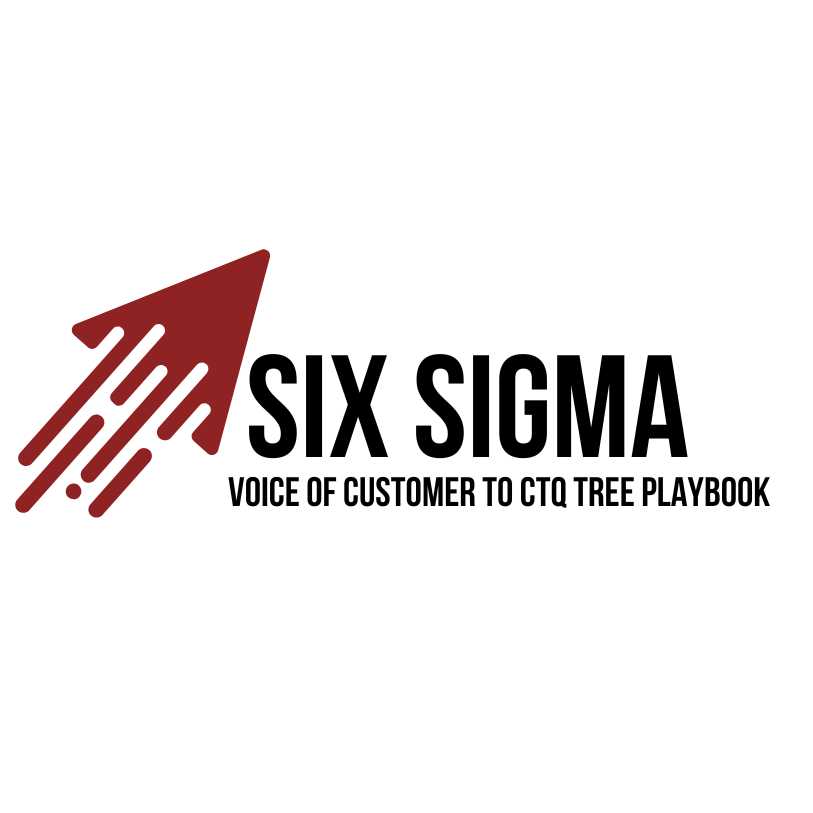
2. VOICE OF CUSTOMER TO CTQ TREE PLAYBOOK
29 USD
This playbook provides a structured, OPEX-aligned method to translate Voice of Customer (VoC) insights into CTQ Trees — bridging the gap between customer expectations and operational metrics. Specifically, it emphasizes:
Structured translation — moving from vague customer statements (“fast service”) to measurable CTQs (“average response time ≤ 2 minutes”).
Prioritization — identifying the most critical drivers of satisfaction and loyalty.
Alignment — linking customer requirements with internal processes, KPIs, and improvement projects.
OPEX discipline — using Lean Six Sigma tools (VOC analysis, CTQ Tree, Kano Model, Pareto) to ensure precision and focus.
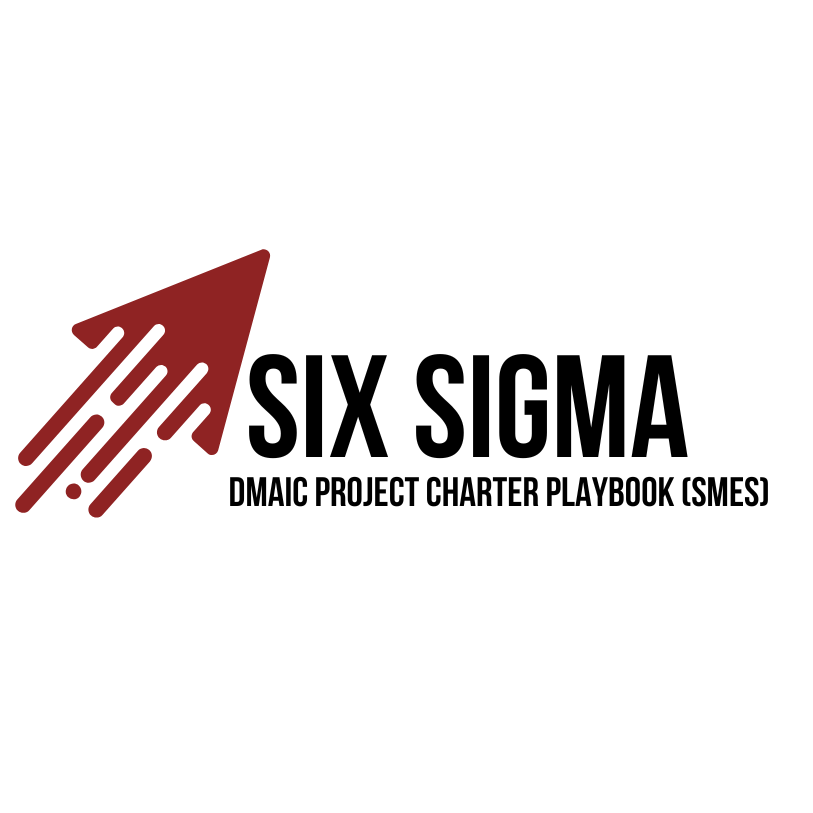
3. DMAIC PROJET CHARTER PLAYBOOK (SMEs)
29 USD
Unlike generic project templates, this playbook provides a DMAIC-aligned charter framework specifically tailored for SMEs. It emphasizes:
Define Phase Clarity — ensuring every project starts with a validated problem statement.
Strategic Alignment — connecting project goals directly to SME business priorities (revenue, cost, quality, customer satisfaction).
Data-Driven Metrics — embedding baselines and targets for measurable impact.
Team Accountability — defining roles (Champion, Black Belt/Green Belt, Process Owner, Team Member) early.
Practical Simplicity — templates designed for SMEs with limited resources, avoiding unnecessary complexity.
The charter becomes both a contract (commitment between leadership and the project team) and a navigation tool (guiding actions across the DMAIC cycle).
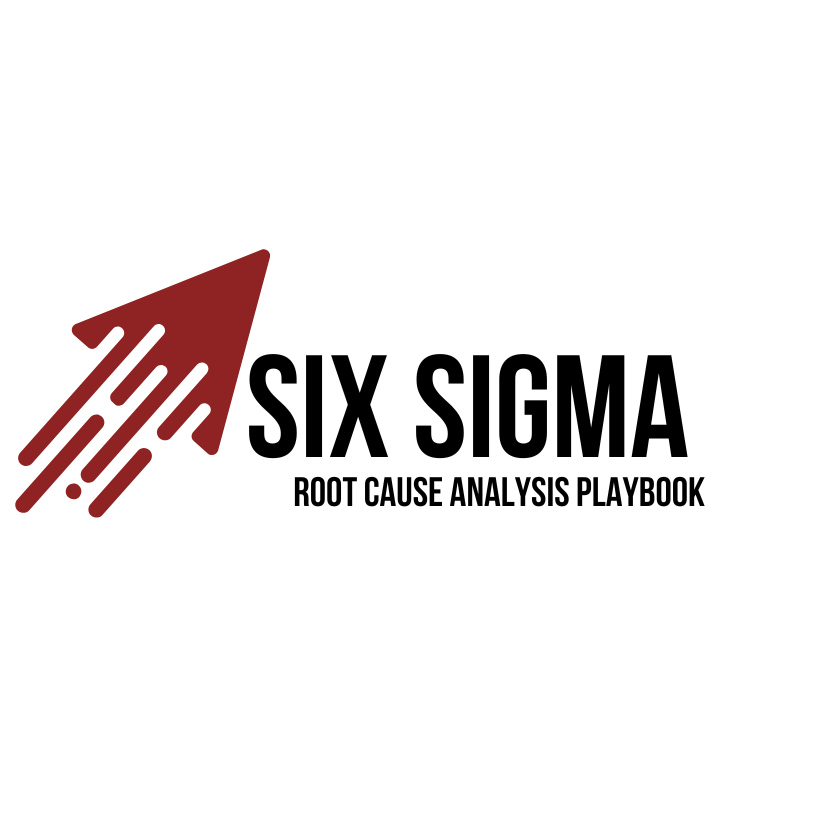
4. ROOT CAUSE ANALYSIS PLAYBOOK
29 USD
Unlike ad-hoc problem solving, this playbook provides a structured Root Cause Analysis (RCA) framework tailored for SMEs and service organizations. It helps leaders and teams:
· Diagnose problems systematically rather than relying on guesswork.
· Apply proven RCA tools such as the 5 Whys, Fishbone Diagram, Fault Tree Analysis, and Pareto charts.
· Link analysis to action with clear containment, corrective, and preventive measures.
· Build cross-functional collaboration by involving people closest to the process.
· Prevent recurrence by embedding lessons learned into Standard Work and training.
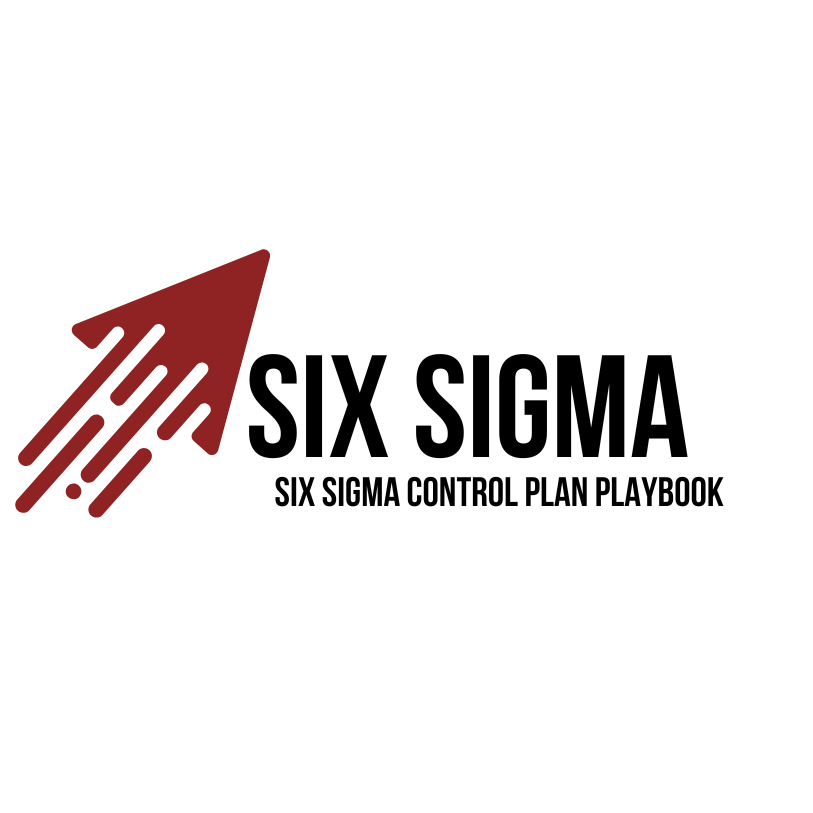
5. SIX SIGMA CONTROL PLAN PLAYBOOK
29 USD
This playbook turns the Control phase into a repeatable, practical system for SMEs. It helps you:
· Lock in gains from the Improve phase with clear controls, limits, and ownership.
· Detect drift early using simple, visual dashboards and alerts.
· Standardize execution through SOPs, training, and visual management.
· Act fast with predefined reaction plans and escalation paths.
· Prove ROI by linking controls to CTQs, KPIs, and COPQ reduction.
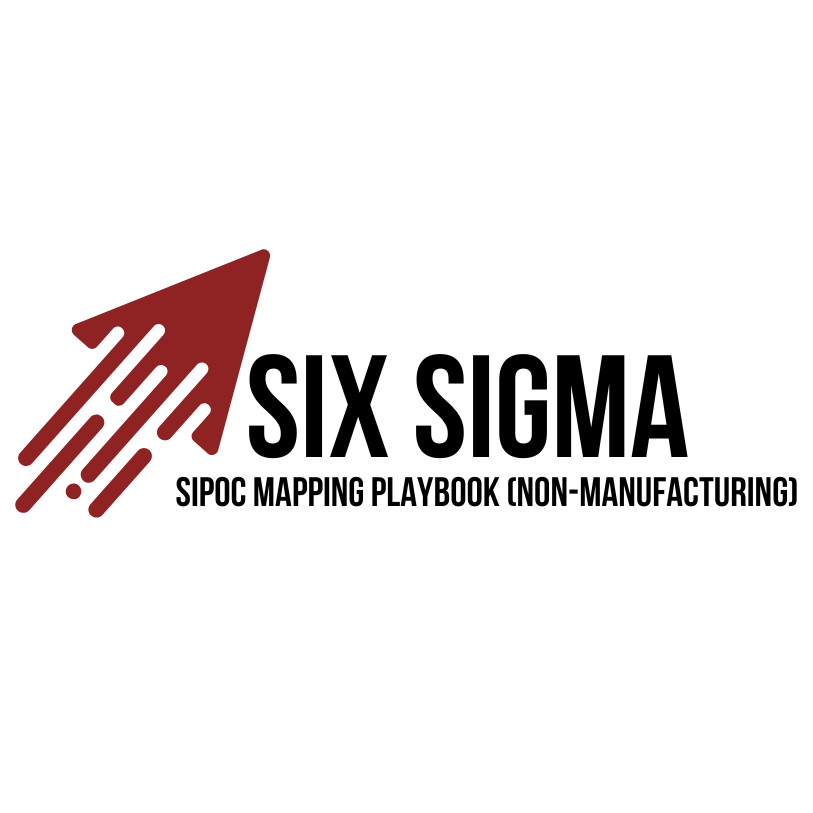
6. SIPOC MAPPING PLAYBOOK
(NON-MANUFACTURING)
29 USD
This playbook introduces the SIPOC tool (Suppliers–Inputs–Process–Outputs–Customers) as a structured, visual method for service and office-based settings. It provides:
Clarity: A one-page, high-level view of the entire process.
Alignment: A shared reference point across departments, ensuring everyone agrees on the scope.
Customer focus: Explicit connection between process outputs and customer needs (CTQs).
Problem prevention: Early identification of gaps in inputs, unclear suppliers, or missing requirements.
Foundation for improvement: Serves as the first step before deeper analysis (e.g., Value Stream Mapping, RCA, or Control Plans).
Unlike in manufacturing, where SIPOC is often applied to production lines, this version adapts the framework for knowledge work, services, and cross-functional office processes.
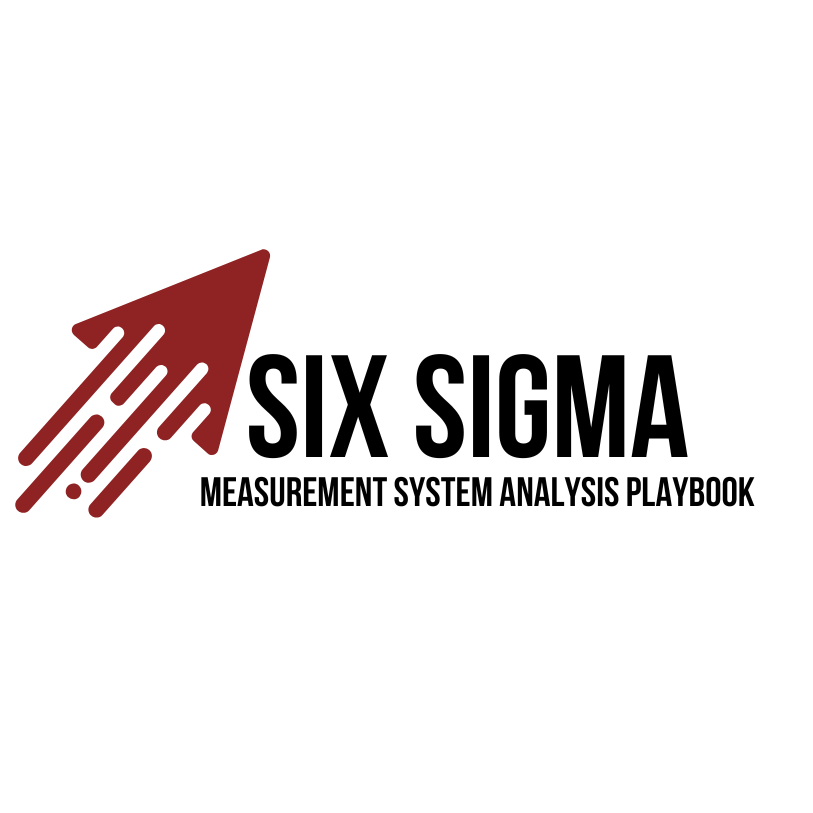
7. MEASUREMENT SYSTEM ANALYSIS PLAYBOOK (LITE)
29 USD
This playbook provides a Lite, SME-friendly approach to Measurement System Analysis (MSA). Instead of complex statistics that overwhelm non-specialists, it offers:
· Practical methods to check if your data is trustworthy.
· Simplified MSA tools (observation checks, repeatability/reproducibility tests, calibration logs).
· Fit-for-purpose analysis: enough rigor to validate measurement systems without slowing down the business.
· Integration with Lean Six Sigma: ensures your Define–Measure–Analyze steps rest on solid data.
The focus is not on turning everyone into statisticians, but on helping managers and teams separate process variation from measurement variation.
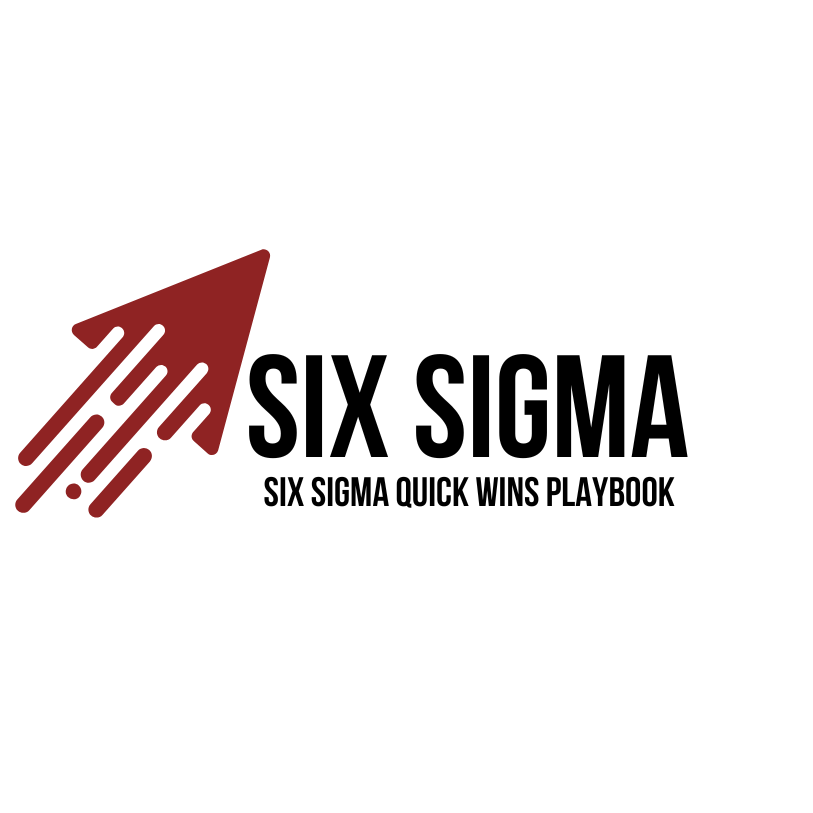
8. SIX SIGMA QUICK WINS PLAYBOOK
29 USD
The Six Sigma Quick Wins Playbook addresses these challenges by focusing on short, high-impact improvements that can be executed within 30–90 days. It helps organizations:
· Build momentum early – Quick wins show staff and leaders that Six Sigma delivers value fast.
· Engage employees – Teams see their contributions leading to visible improvements.
· Establish credibility – Demonstrating tangible savings or customer benefits increases leadership buy-in.
· Create a culture of improvement – Quick wins become stepping stones to larger DMAIC projects.
This playbook is not a substitute for full Six Sigma projects; rather, it is the on-ramp that builds confidence, skills, and results quickly.
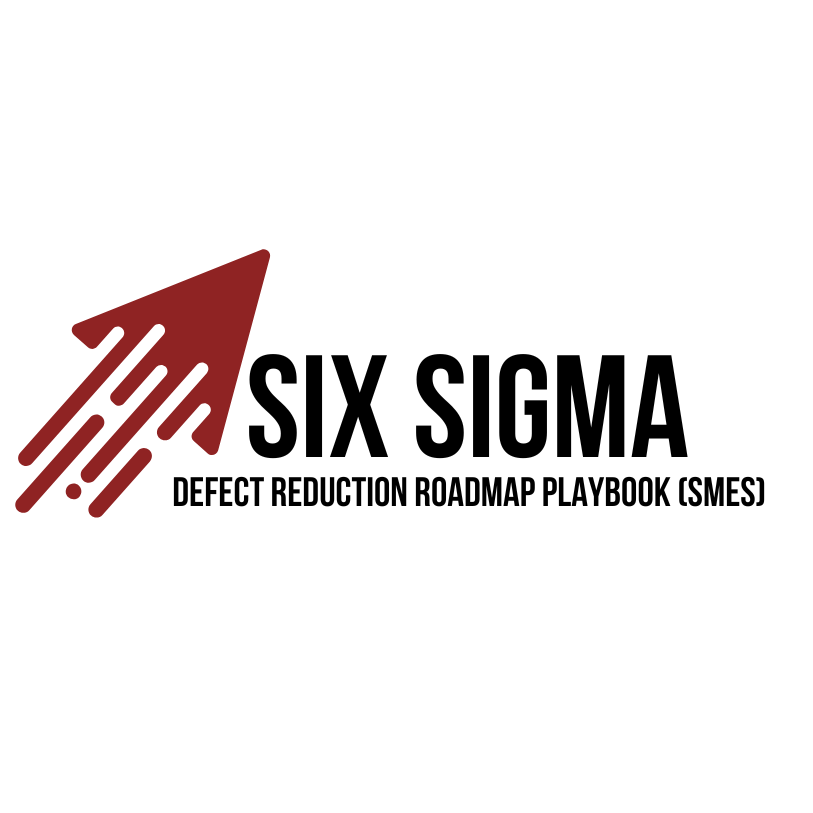
9. DEFECT REDUCTION ROADMAP PLAYBOOK (SMES)
29 USD
This playbook provides SMEs with a structured roadmap to:
Identify defect types (internal vs. external, visible vs. hidden).
Measure the cost of poor quality (COPQ) in real terms.
Prioritize high-impact defects using simple OPEX tools (Pareto, Fishbone, 5 Whys).
Reduce and prevent defects systematically (via standard work, mistake-proofing, audits, and culture).
Sustain improvements by embedding defect monitoring into daily operations.
The goal is not perfection — it is progressive reduction of defects, leading to fewer errors, happier customers, lower costs, and a more resilient business.
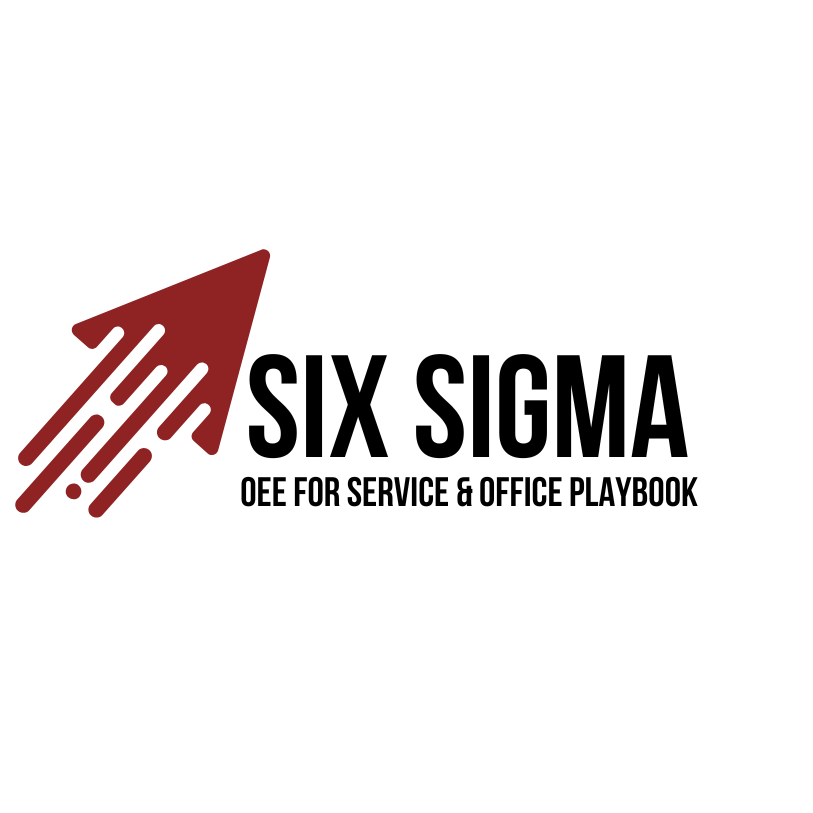
10. OEE FOR SERVICE & OFFICE PLAYBOOK
(LITE EDITION FOR SMES)
29 USD
In manufacturing, Overall Equipment Effectiveness (OEE) is a widely used metric to assess productivity through three dimensions:
Availability – the percentage of scheduled time a machine is running.
Performance – how fast the machine runs compared to its designed speed.
Quality – the proportion of good parts produced versus defects.
This playbook adapts OEE to non-manufacturing contexts, offering a lens for service and office settings:
Availability → percentage of time people or systems are truly available for productive work (not waiting, idle, or offline).
Performance → speed of task completion compared to expected benchmarks.
Quality → proportion of tasks completed correctly the first time, without errors or rework.
Together, these factors provide a practical framework for measuring productivity beyond traditional output counts.
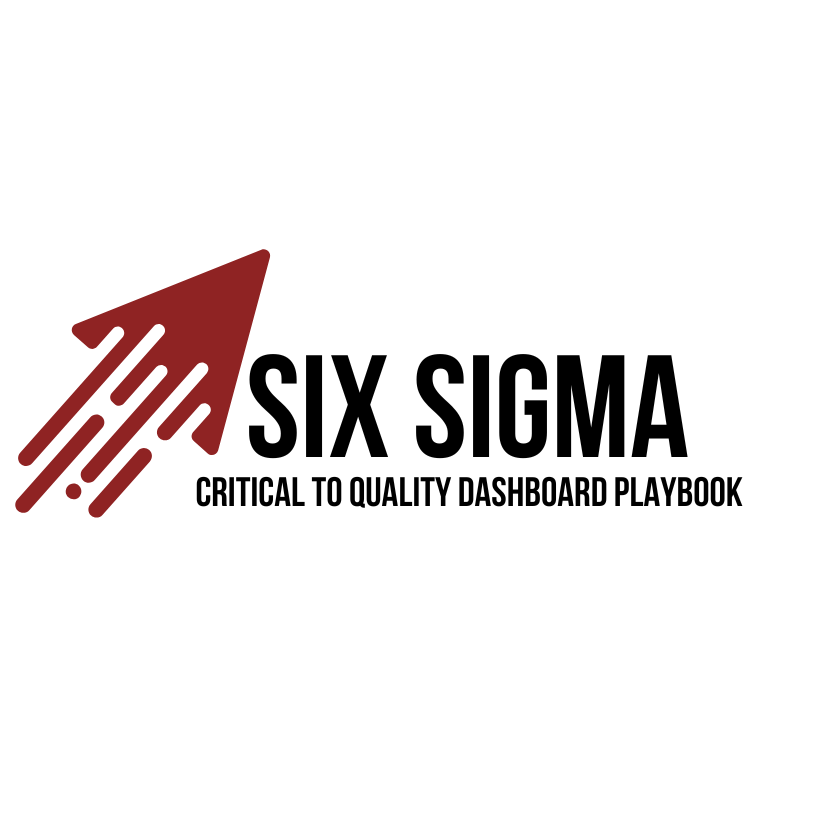
11. CRITICAL TO QUALITY (CTQ) DASHBOARD PLAYBOOK
29 USD
The CTQ Dashboard Playbook addresses this challenge by translating voice of the customer (VOC) into critical-to-quality (CTQ) measures, and making them visible in a single, integrated dashboard.
This matters because:
Clarity of focus – dashboards highlight the few quality drivers that make or break customer satisfaction.
Alignment across functions – everyone sees the same measures tied to customer needs.
Real-time visibility – moving from lagging financials to leading indicators that allow proactive action.
Actionable improvement – CTQ dashboards become a daily management tool, not just an executive report.
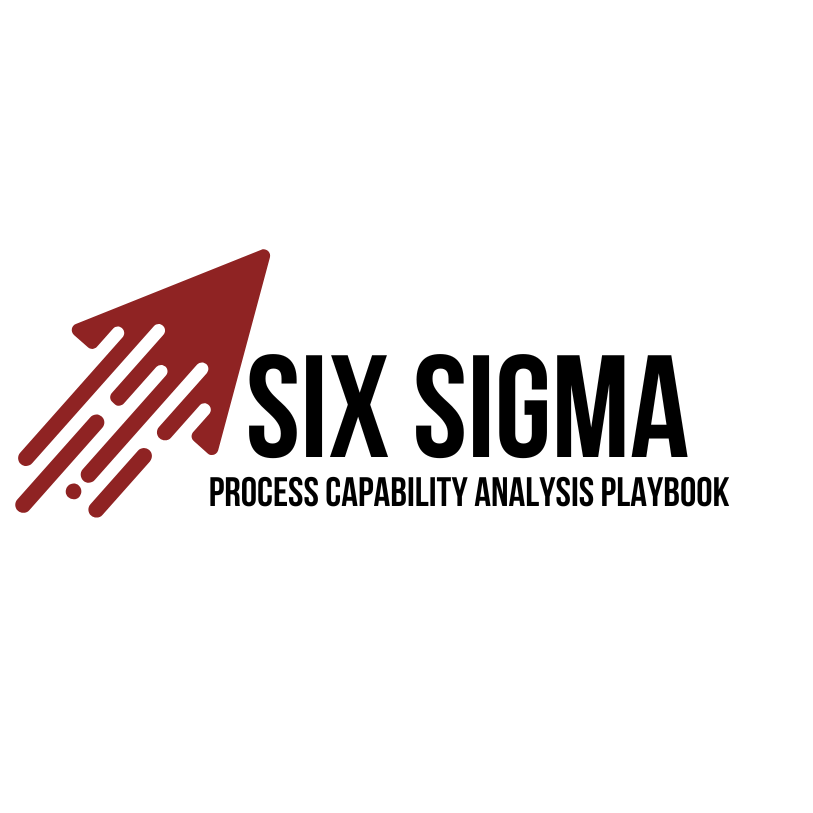
12. PROCESS CAPABILITY ANALYSIS PLAYBOOK (LITE EDITION)
29 USD
Traditional process capability analysis (Cp, Cpk, Pp, Ppk, sigma levels, etc.) often feels too technical, requiring advanced statistics or specialized software. As a result, SMEs either avoid it entirely or use it incorrectly.
This playbook provides a lite, practical approach:
It simplifies capability analysis into clear steps that managers and frontline teams can use without advanced statistical training.
It focuses on predictability and consistency rather than statistical perfection.
It connects process capability to real-world SME concerns—meeting customer expectations, reducing rework, and improving confidence in decision-making.
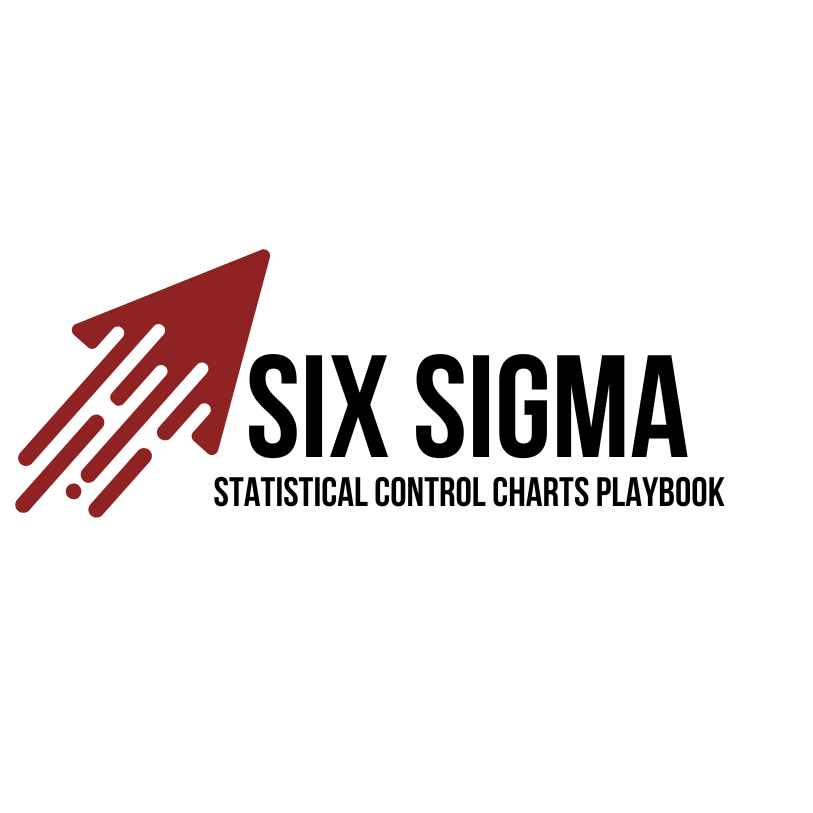
13. STATISTICAL CONTROL CHARTS PLAYBOOK (LITE EDITION)
29 USD
Control charts are one of the most powerful — yet underused — tools in Operational Excellence. They provide a simple, visual way to:
Distinguish common cause variation (natural, expected noise) from special cause variation (true signals that require action).
Track process stability over time, rather than just looking at averages.
Prevent overreaction by teaching managers what not to respond to.
Spot early warnings before defects, delays, or errors escalate into crises.
For SMEs, this playbook translates statistical control charts into practical, non-intimidating tools. It strips away heavy math and focuses on visual interpretation and governance.
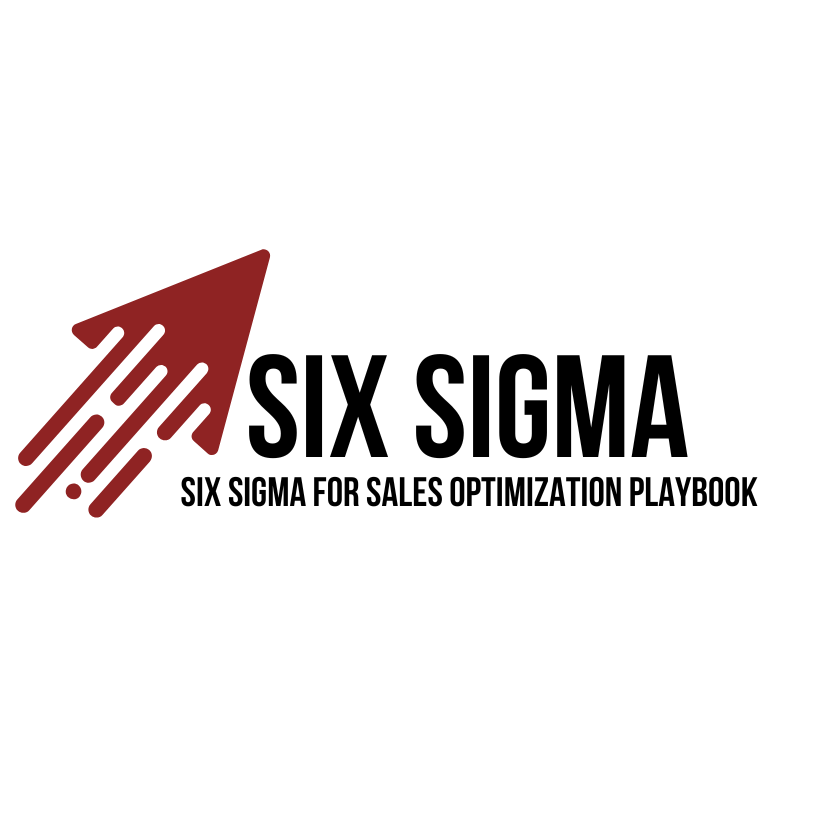
14. SIX SIGMA FOR SALES OPTIMIZATION PLAYBOOK
29 USD
This playbook adapts Six Sigma discipline to the sales environment. Rather than turning salespeople into statisticians, it provides a structured, repeatable way to:
Reduce variation in how sales activities (prospecting, qualification, proposals, follow-ups) are executed.
Identify critical-to-customer (CTC) factors that drive purchase decisions.
Shorten sales cycles and improve win rates by diagnosing and fixing process bottlenecks.
Align sales behaviors with measurable value to customers, not just closing quotas.
The goal is to shift sales from being an art of individual talent to a science of predictable, scalable growth.
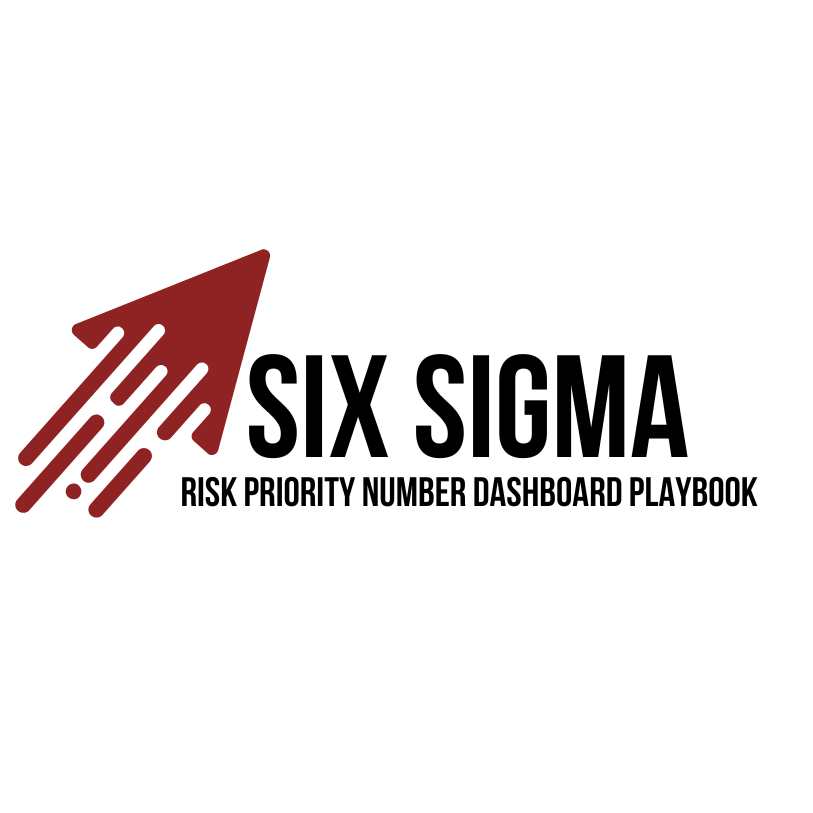
15. RISK PRIORITY NUMBER (RPN) DASHBOARD PLAYBOOK – LITE EDITION
29 USD
The RPN Dashboard simplifies risk management for SMEs. By translating FMEA scoring into a visual, regularly updated dashboard, it enables teams to:
Focus on high-priority risks instead of chasing noise.
Standardize how risks are evaluated across processes.
Spot trends early (e.g., recurring IT downtime, rising customer complaints).
Connect risks to financial, customer, and compliance impacts.
Drive preventive actions instead of firefighting.
This playbook removes the complexity of traditional FMEA workshops and provides a lightweight, visual, SME-ready system that integrates directly into governance.
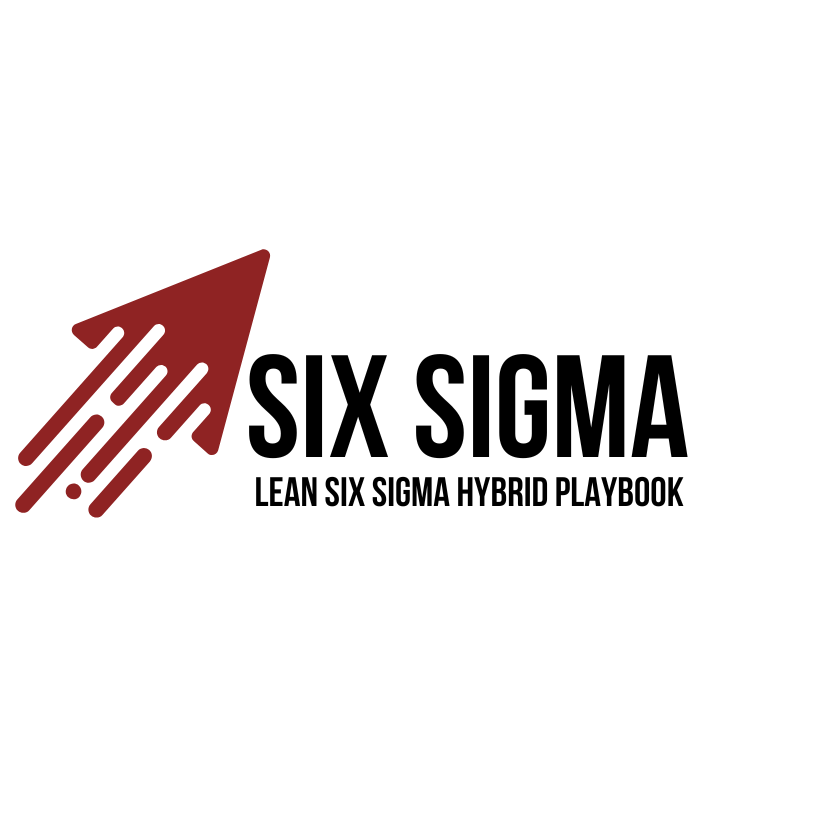
16. LEAN SIX SIGMA HYBRID PLAYBOOK
29 USD
Unlike generic Lean or Six Sigma guides, this playbook provides a practical, hybrid approach designed for SMEs and service organizations. It emphasizes:
Speed + Rigor — combining Lean’s simplicity and fast wins with Six Sigma’s discipline and precision.
Customer Focus — aligning every project with Critical to Quality (CTQ) factors that drive satisfaction and loyalty.
Scalability — starting small with quick pilots and scaling into an organization-wide management system.
Sustainability — embedding practices into governance routines so improvements last beyond single projects.
OPEX Alignment — integrating Lean Six Sigma with PDCA, ISO standards, and financial impact reporting.
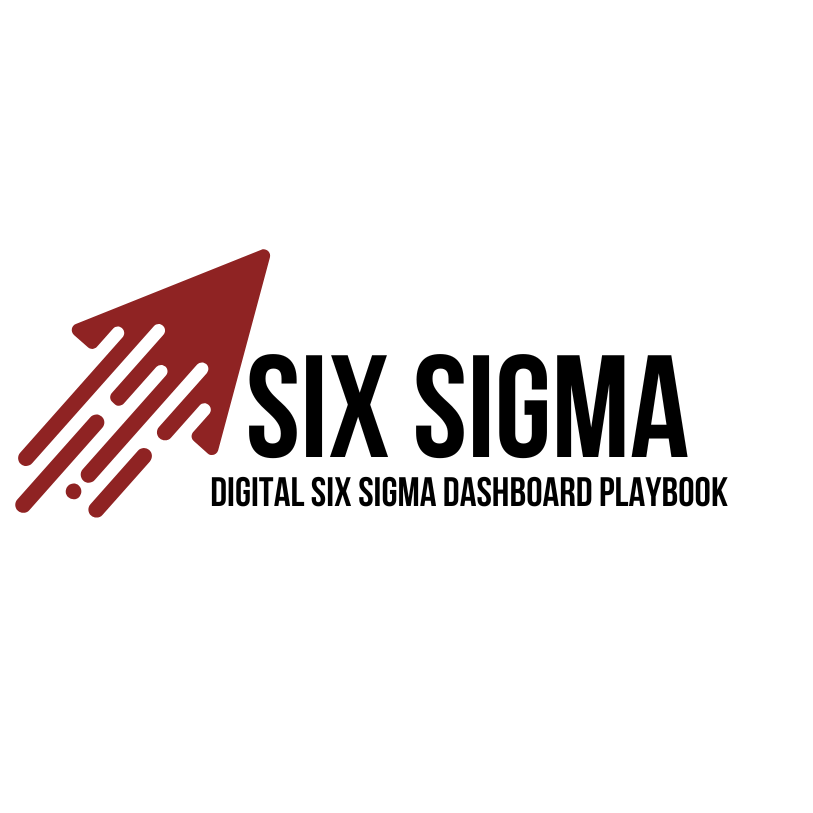
17. DIGITAL SIX SIGMA DASHBOARD PLAYBOOK – LITE EDITION
29 USD
This playbook shows SMEs how to build and use Digital Six Sigma Dashboards to move from reactive reporting to proactive decision-making.
A digital dashboard designed with Six Sigma principles helps you:
Align with CTQs – Track what truly matters to customers, not just vanity metrics.
Reduce Variation – Monitor process stability using real-time data and control logic.
Drive Accountability – Assign owners to metrics and trigger actions when thresholds are breached.
Link to Financials – Connect quality, cycle time, and defect data to tangible business impact.
Scale with Technology – Leverage tools like Power BI, Tableau, or Google Data Studio without needing advanced coding.
For SMEs, this is not about big data—it’s about smart data: simple, visual, and actionable.
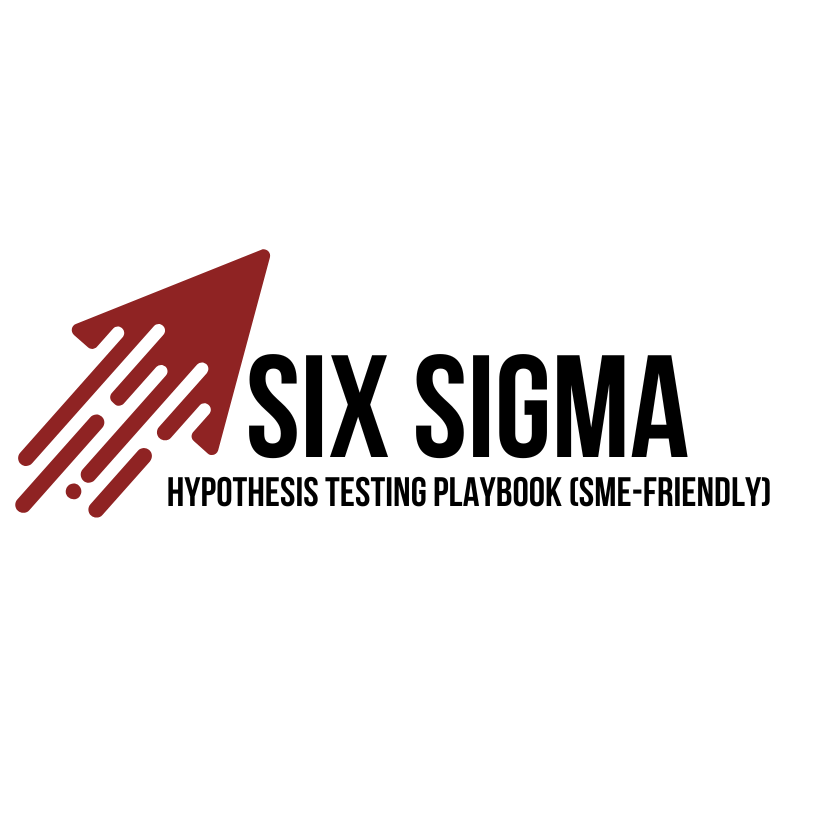
18. HYPOTHESIS TESTING PLAYBOOK
(SME-FRIENDLY)
29 USD
This playbook provides SMEs with a step-by-step, simplified framework for applying hypothesis testing in daily decision-making. Unlike academic or overly complex statistical guides, this version is designed to be:
Practical: Focused on real business problems like sales performance, marketing campaigns, process efficiency, and customer satisfaction.
Lightweight: Tools and templates are SME-friendly, avoiding unnecessary jargon.
Aligned with OPEX: Integrates Lean and Six Sigma thinking (PDCA, DMAIC) so that hypothesis testing becomes part of continuous improvement.
Results-Oriented: Shifts decision-making from opinion-based to evidence-based, enabling faster, smarter, and more confident actions.
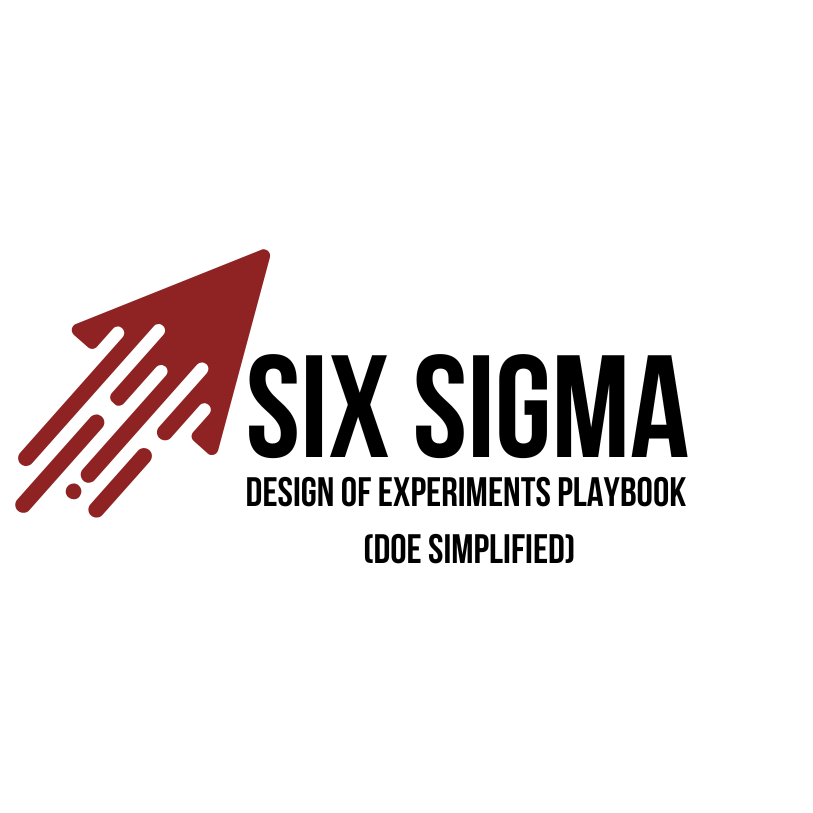
19. DESIGN OF EXPERIMENTS PLAYBOOK (DOE SIMPLIFIED)
29 USD
Design of Experiments (DOE) is a structured method to test multiple factors at once and uncover how they affect outcomes. While often viewed as complex and statistical, when simplified it becomes a powerful, practical tool for SMEs.
This playbook matters because it helps SMEs:
Identify critical drivers of performance instead of chasing noise.
Run efficient experiments that save time and money compared to trial and error.
Optimize processes and products by finding the best factor combinations.
Make confident decisions based on evidence, even with simple tools like Excel.
Accelerate innovation by learning faster what works and what doesn’t.
This isn’t about advanced statistics—it’s about making DOE simple, actionable, and results-driven for everyday business.
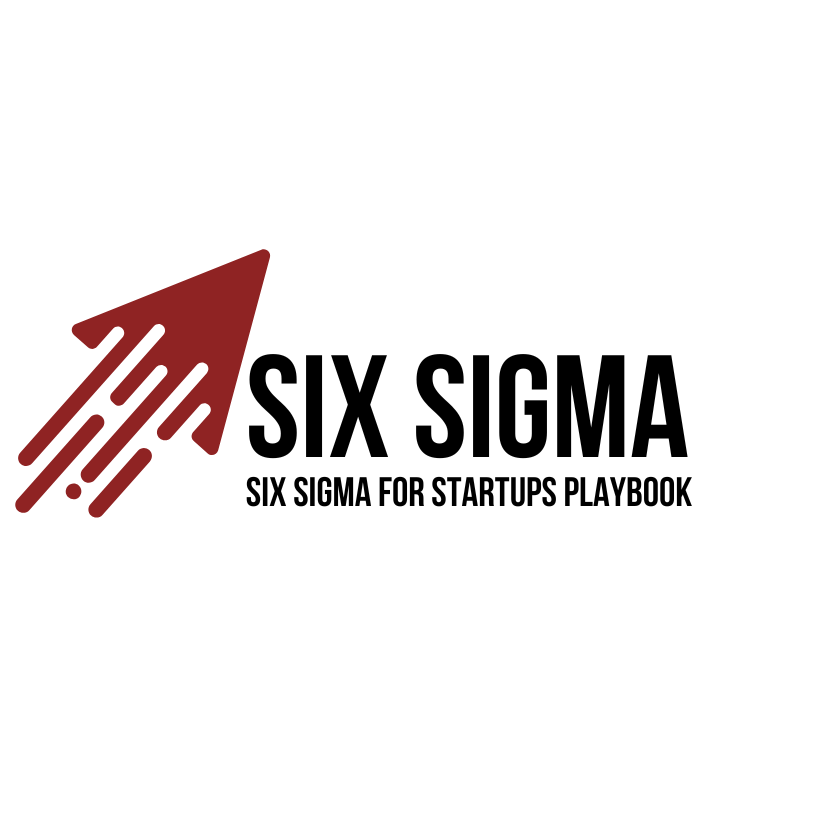
20. SIX SIGMA FOR STARTUPS PLAYBOOK
29 USD
This playbook adapts Six Sigma principles to the startup context, helping founders:
Focus on what truly matters: Identify the 20% of problems causing 80% of wasted effort.
Reduce variability early: Build scalable processes that deliver consistent value to customers.
Speed up learning cycles: Use structured testing to validate assumptions faster.
Stretch limited resources: Apply Lean + Six Sigma thinking to do more with less.
Build investor confidence: Demonstrate systematic execution and measurable impact.
In short, this playbook is about making better decisions with less waste, allowing startups to move faster, scale smarter, and achieve product-market fit with discipline instead of luck.
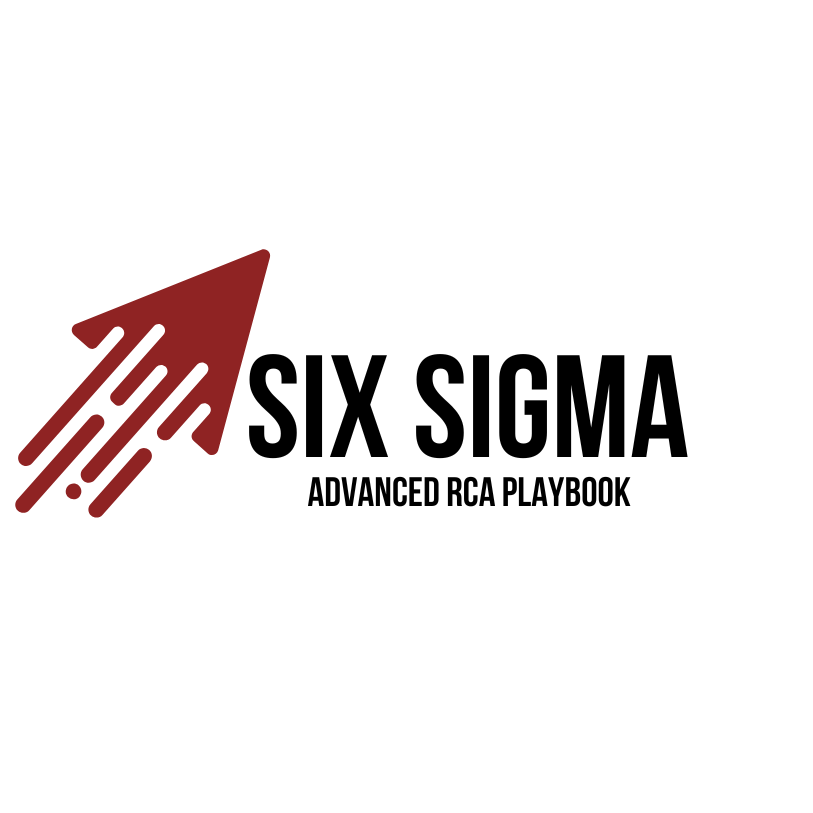
21. ADVANCED RCA PLAYBOOK
29 USD
This playbook goes beyond “basic” RCA and introduces an advanced, structured approach that combines proven techniques with modern practices to ensure lasting improvements.
By applying the methods in this playbook, organizations will:
Eliminate recurring issues by identifying true systemic causes, not just surface fixes.
Reduce waste and rework, saving time and money across operations.
Strengthen cross-functional alignment through a shared, structured language for problem-solving.
Accelerate learning and innovation, since RCA is not only about fixing problems but also about uncovering opportunities.
Build organizational credibility, internally and externally, by showing a consistent, evidence-driven approach to solving complex problems.
For organizations serious about Operational Excellence, this playbook becomes a core capability—turning RCA from a reactive exercise into a strategic discipline.
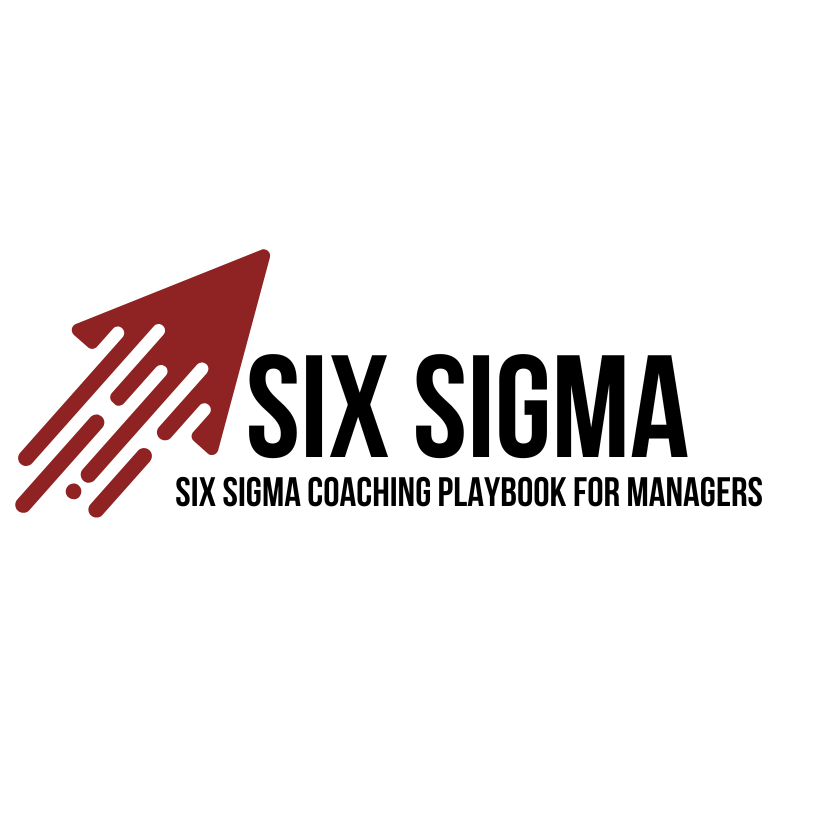
22. SIX SIGMA COACHING PLAYBOOK FOR MANAGERS
29 USD
Six Sigma is not only about statistics and projects — it is about mindset and coaching discipline. Managers play a critical role in:
Translating Six Sigma principles into daily team practices.
Guiding employees through structured problem-solving.
Embedding a culture of continuous improvement rather than one-time fixes.
Linking coaching conversations to measurable business outcomes (cost, quality, customer experience).
This playbook equips managers with a repeatable coaching system built on Six Sigma principles. It ensures managers are not just supervisors but performance multipliers.
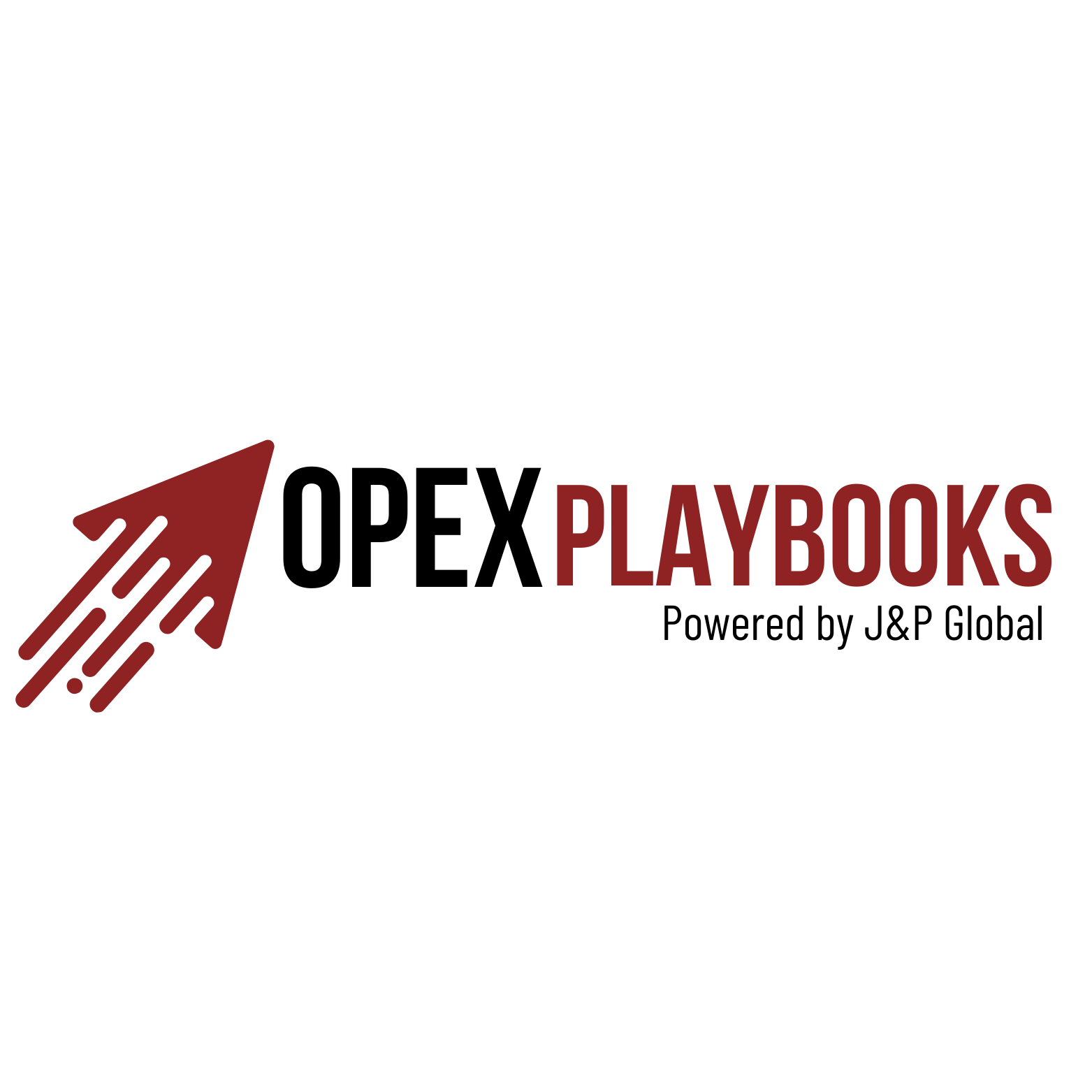
Email: [email protected]
Copyright 2025 . J&P Global LLC . All rights reserved. OPEXPlaybooks™ is a brand and system owned and operated as a DBA of J&P Global LLC, headquartered in Texas, USA.